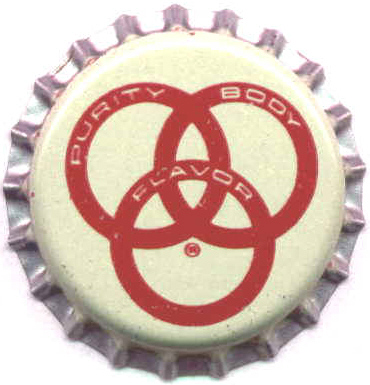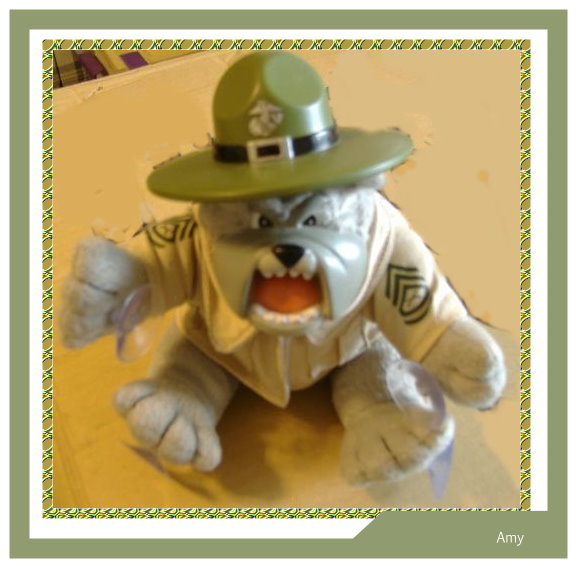
Posted on 05/21/2016 12:59:40 PM PDT by NYer

“It is most absurd and improper to depict in icons God the Father with a grey beard and the Only-Begotten Son in His bosom with a dove between them, because no-one has seen the Father according to His Divinity, and the Father has no flesh […] and the Holy Spirit is not in essence a dove, but in essence God.” (Great Synod of Moscow, 1667)
For the Russian Orthodox Church, depicting the Holy Trinity in art has been an issue of controversy for the past thousand years. Even though the Council of Nicaea in 787 permitted the artistic representation of God, the Russian Orthodox Church was unhappy with the popular images of God the Father and God the Holy Spirit.
They felt the gray-bearded man and the dove could not do justice to the unfathomable mystery of the triune God. In place of these widespread images of God, they chose to use Andrei Rublev’s Trinity icon as the proper way to depict the Father, Son and Holy Spirit.
The Russian icon is hard to grasp for those outside the Orthodox tradition and at first glance it doesn’t appear to represent the Holy Trinity. The central scene of the icon comes from the book of Genesis, when Abraham welcomes three strangers into his tent,
“And the Lord appeared to [Abraham] by the oaks of Mamre … He lifted up his eyes and … behold, three men stood in front of him. When he saw them, he ran from the tent door to meet them, and bowed himself to the earth …[Abraham] set [cakes, curds, milk, and a calf he prepared] before them; and he stood by them under the tree while they ate.” (Genesis 18:1–8)
Rublev’s icon depicts this scene with three angels, similar in appearance, sitting around a table. In the background is the house of Abraham as well as an oak tree that stands behind the three guests. While the icon depicts this scene in the Old Testament, Rublev used the biblical episode to make a visual representation of the Trinity that fit within the strict guidelines of the Russian Orthodox Church.
The symbolism of the image is complex and is meant to summarize the Church’s theological beliefs in the Holy Trinity. First of all, the three angels are identical in appearance corresponding to the belief of the oneness of God in three Persons. However, each angel is wearing a different garment, bringing to mind how each Person of the Trinity is distinct. The fact that Rublev depicts the Trinity using angels is also a reminder of the nature of God, who is pure spirit.
The angels are shown from left to right in the order that we profess our faith in the Creed: Father, Son and Holy Spirit. The first angel wears a blue undergarment, symbolizing the divine nature of God and a purple outer garment, pointing to the Father’s kingship.
The second angel is the most familiar as he is wearing the clothes typically worn by Jesus in traditional iconography. The crimson color symbolizes Christ’s humanity, while the blue is indicative of his divinity. The oak tree behind the angel reminds us of the tree of life in the Garden of Eden as well as the cross upon which Christ saved the world from the sin of Adam.
The third angel is wearing a blue garment (divinity), as well as a green vestment over the top. The color green points to the earth and the Holy Spirit’s mission of renewal. Green is also the liturgical color worn on Pentecost in the Orthodox and Byzantine tradition. The two angels on the right of the icon have a slightly bowed head toward the other, illustrating the fact that the Son and Spirit come from the Father.
In the center of the icon is a table that resembles an altar. Placed on the table is a golden bowl or chalice that contains the calf Abraham prepared for his guests and the central angel appears to be blessing the meal. All of that combined reminds us of the sacrament of the Eucharist.
While not the most direct representation of the Holy Trinity, it is one of the most profound visualizations ever produced. It remains in the Orthodox and Byzantine traditions the primary way to depict the Triune God. The icon is even held in high esteem in the Roman Catholic Church and is frequently used by catechists to teach others about the mystery of the Trinity.
The Trinity is a mystery and will always be so while we are on earth. However, sometimes we are given glimpses into God’s divine life, and Rublev’s icon allows us a brief second to peek behind the veil.
Catholic ping!
Orthodox ping!
Each one has a long stick of a sort....hmmmm
Walking sticks, as they had appeared as travelers, I guess.
This (image) is an obvious reference to the 3 “men” or “messengers” who visited Abram (Genesis 18). Read the chapter VERY carefully. This, Genesis 1, are some of the earliest hints on God’s Triune Nature.
Jesus said no one has seen the Father except...
Clearly this image of three bodily forms is incorrect.
Note however, that Man was created in God’s image. Like God, we are triune in nature, we have a body, a soul, and a spirit. In a Christian’s case, he is “born again” that is, the dead spirit he was born with is replaced with a new spirit. The spiritual death of Adam and Eve on the day they ate the apple is in picture.
The 7th Ecumenical Council DID NOT proclaim that images of The Father could be made!
Here is what the Council Fathers proclaimed:
“We define that the holy icons, whether in color, mosaic, or some other material, should be exhibited in the holy churches of God, on the sacred vessels and liturgical vestments, on the walls, furnishings, and in houses and along the roads, namely the icons of our Lord God and Savior Jesus Christ, that of our Lady the Theotokos, those of the venerable angels and those of all saintly people. Whenever these representations are contemplated, they will cause those who look at them to commemorate and love their prototype. We define also that they should be kissed and that they are an object of veneration and honor (timitiki proskynisis), but not of real worship (latreia), which is reserved for Him Who is the subject of our faith and is proper for the divine nature, ... which is in effect transmitted to the prototype; he who venerates the icon, venerated in it the reality for which it stands.”
The Russians are right! Depictions of the Father are heretical and absurd, no matter what my people have, in the past, done!

The moment I posted that I had a minor epiphany: the “Purity” is the perfection of the Father (Matt. 5:48), the “Body” is the Son, incarnate and yet fully God, and the “Flavor” is the Holy Spirit, whose prayers for us are like incense. I wonder if that was a coincidence...
!!!!!!!!

Just Beautiful!
Beautiful.
One of the most interesting short articles I’ve read here in 15 years. Good Post Thanks.
What “heresy” would that be?
The Russian position (as described in the article) seems to me shot through with problems. First of all, the Rublev ikon *is still a bodily representation of God the Father*. Cloaking it in angelic garb does not change that.
Second of all, though yes, the full bodily representation of the Father is a quite late artistic development, the “Hand of God” motif for the Father is present from earliest Christianity and even Judaism from the Dura-Europos synagogue to today (my Jewish in-laws have it in their house).
There is no such denial in the depiction, any more than there was in the “Hand of God.”
And I beg to differ that the Rublev icon doesn’t depict the Father, at least that’s not what the article says:
“...they chose to use Andrei Rublev’s Trinity icon as the proper way to depict the Father, Son and Holy Spirit......The first angel wears a blue undergarment, symbolizing the divine nature of God and a purple outer garment, pointing to the Father’s kingship.”
On the other hand, this article below makes some good points (particularly about the Son being the representation of the Father). It ends though with a bit of a fuzzy conclusion about the propriety of such icons:
I would be inclined to view the Russian declaration on this as a valuable stream of thought but not (without an ecumenical council) binding on the entire Christian world.
“And I beg to differ that the Rublev icon doesn’t depict the Father, at least that’s not what the article says:”
The article also says that the 7th Ecumenical Council authorized “representations” of “God”, which it did not. The reason the Council authorized icons of Christ, Panagia, the saints, etc is because they all had (or assumed in the case of angels)a corporeal nature which God sanctified by assuming it Himself in the Son. The Father has not assumed a corporeal nature. Indeed, as the Fathers have taught us, while we share in the human nature of Christ, we cannot share in the divine nature of God.
As for whether or not the Russian view is “binding” on the rest of The Church, well of course it isn’t and at least in the West, never has been. What is binding are the anathemas of the 7th Ecumenical Council which certainly apply to a very large segment of what passes for Christianity in the West.
The Shield of the Trinity is at this website. It is an easy to understand example of the trinity.
https://en.wikipedia.org/wiki/Trinity
**Jesus said no one has seen the Father except...**
..the Son. And the Son declares that the Father dwells in him, giving him the words, and doing the works.
Paul and John also declared that God is invisible.
Disclaimer: Opinions posted on Free Republic are those of the individual posters and do not necessarily represent the opinion of Free Republic or its management. All materials posted herein are protected by copyright law and the exemption for fair use of copyrighted works.